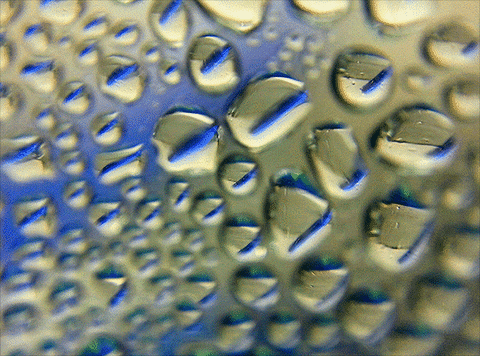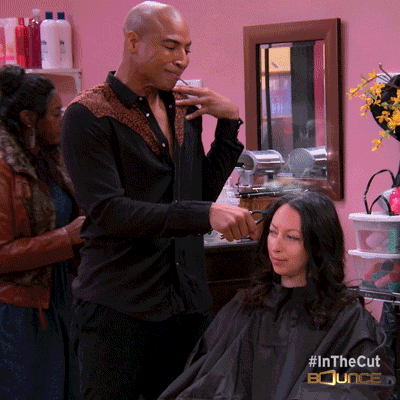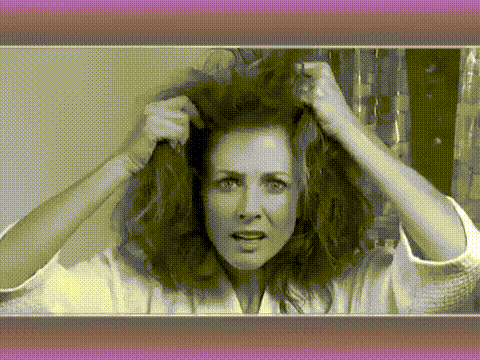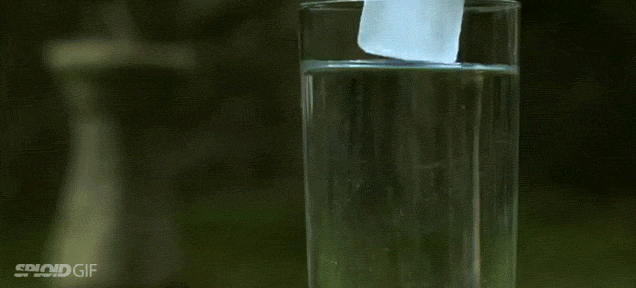
By now you have probably already figured out what your hair type is like. From fine, wavy, curly hair and everything in between the question of what’s your hair type is, can determine what your hair truly needs. However, it isn’t the only factor to consider when it comes to caring for your hair properly. If you’re really into haircare you might have heard the words hair porosity thrown around. If not, it’s time to listen up and understand why it’s so important.
Your hair porosity level determines the health of your strands and if they’re damaged or in need of moisture. Knowing this assists in selecting the right products for your hair care routine from start to finish, including shampoo and conditioner. And that can lead to hair that’s stronger and healthier. Not sure what level, high or low porosity your hair’s at? Never fear, that what we’re here to assist with today.
Keep scrolling to learn all about hair porosity and how to care for your hair accordingly:
What does hair porosity mean?
Much like our skin, our hair strands also have pores although not the same type it similarly does work. Essentially porosity determines the ability of the hair to absorb and retain moisture. For your hair to stay healthy and hydrated, water, oils and other moisturizing products need to be able to pass through the outer layer of your hair that’s the cuticle. Hair with high porosity absorbs the most moisture or water but are unable to hold onto it. Whereas on the other spectrum of low porosity, it can be hard to get moisture into your strands but when it does get through it’s able to retain long-lasting moisture. Moisture is essential for all hair types and can help reduce frizziness and damage to your locks.

What causes low or high porosity?
To keep things simple how your hair porosity works is largely based on genetics but it isn’t the only contributing factor. Other aspects that may have an impact on the hair and increase its porosity levels include blow drying, bleaching, straightening, overwashing, using harsh products and too much UV exposure. The damage caused over time results in the hair cuticles becoming raised and open making it harder to retain moisture. So pay attention to what you’re hair needs and accordingly limit chemical treatments and protect your hair from the sun with a scarf or hat when outdoors.

Low porosity hair
With low porosity strands, your hair isn’t technically unhealthy per se, it’s just not being moisturized properly. The cuticles end up being tightly packed and very close together. This makes it harder for moisture to penetrate the hair shaft or if it does it can’t hold on to it. So the hair ends up becoming dry and tangled. Signs indicating you might have low porosity hair if it’s hard for water to saturate on your hair, products tend to sit on top and don’t absorb easily. Plus it can take a long time for the hair to air dry. The easiest way to quench the thirst of your hair is to wash and condition it every week. Moreover, try using an emollient oil on your hair before your shampoo. Oil can actually penetrate the hair strands and help to moisturize them from within.

Normal porosity hair
Medium or Normal porosity hair is the best middle ground and the easiest type to maintain. Here the cuticles aren’t too close together but aren’t too open either and because of that, moisture penetrates the hair with ease and retain it for a longer period. To maintain your hair health use a deep conditioning and detoxifying hair mask. One that can help strengthen and replenish moisture but also detox the hair by removing impurities and product build-up.

High porosity hair
If you are experiencing intense dryness, frizziness and hair breakage you have high porosity hair. While water can be absorbed into the hair shaft easily, yet it isn’t able to retain moisture for long. Essentially the protein structure of your hair damaged. This is usually seen if you use too many chemical treatments like colouring, relaxing, bleaching or even too much sun or chlorine from the pools. Doing anything that is damaging the cuticle layer often could leave you with high porosity hair.

How to test your hair porosity
Still, confused whether your hair has high or low porosity? Well, no need to stress there’s a simple way you can test it at home to get a better idea. One of the easiest ways is by using a glass of water. Here’s how to do it:
- Shampoo your hair to get rid of any product buildup to get the most accurate reading.
- Once your hair is dry, comb or brush your hair to release any strands that are naturally shedding.
- Take one of those strands and drop it into a glass of water.
- Now watch it to see if it floats to the top or sinks to the bottom.
- Hair that is ‘normal’ porosity will float and then begin to sink slowly somewhere in the middle
- If it sinks to the bottom right away, you have high porosity hair. Whereas if it floats on top, you have low porosity hair.
Looking for an even easier way? Run a finger down a strand of your hair, low porosity hair will feel smoother to the touch whereas high porosity hair will feel rough and bumpy. Another method you can also use is by spraying some water onto your hair when it’s dry. Take note of how fast your hair absorbs moisture. If it soaks the water up right away it’s highly porous hair but if the water sits on top for long then your hair likely has low porosity.

At the end of the day, you have to remember that our hair strands are technically dead and you have to keep them from getting damaged. Pay attention or evaluate the products you’re using and take a break from chemical processes. Let your hair breathe and incorporate gentle products suited to your hair type that provides equal amounts of protein and moisture to balance out your hair strands.
Join Malini’s Girl Tribe to be a part of the conversation.

